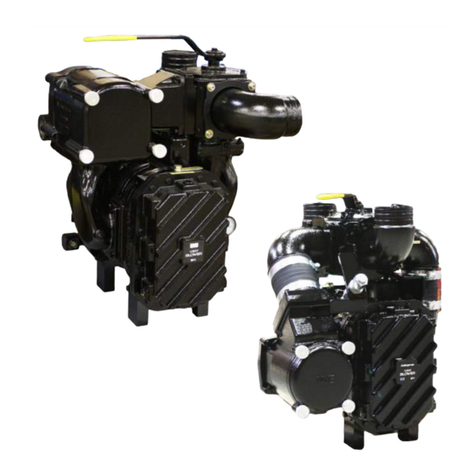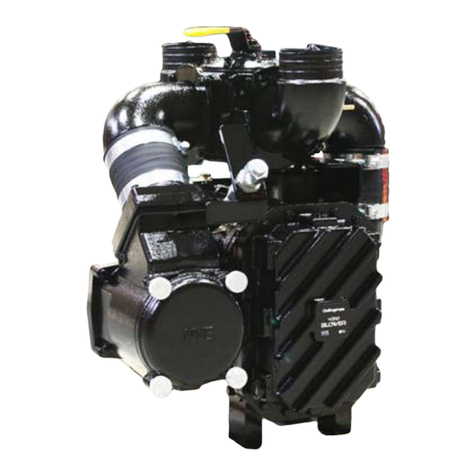
6| B250 Challenger Series www.natvac.com | 800.253.5500
Weights and measurements are
for reference only.
LIMITED WARRANTY
Warranty
National Vacuum Equipment, Inc. guarantees that the product
it provides is free of manufacturer defects, including; materials
and workmanship. Equipment must be installed by a trained and
qualified installer according to guidelines established by National
Vacuum Equipment, Inc. Properly installed and maintained product
is warranted for a period of one (1) year subject to the following
conditions:
1. A properly completed warranty registration card must
be received by us within 30 days of sale to end user for
blower sales to be considered warrantable. Or use the
QR code on the right to fill out warranty registration
online (hps://natvac.com/warranty-registration/).
All blowers received for warranty consideration must
retain the original NVE serial number tag.
2. The one (1) year period shall begin the day the product is shipped
from our warehouse, unless we are provided with an authentic copy
of the original resale invoice, in which case the one (1) year period
shall begin at such invoice date.
3. The covered product must be used in an application for which it
was intended. We do not recommend our product for particular
uses or applications.
4. Damage caused by improper use or lack of proper maintenance is
not warrantable.
5. Manufacturer’s liability under this, or any other warranty whether
expressed or implied, is limited to repair of or at the manufacturers’
option, replacement of parts which are shown to have been
defective when shipped.
6. Manufacturer’s liability shall not be enforceable for any product
until National Vacuum Equipment, Inc. has been paid in full for such
product.
7. Manufacturer’s liability for incidental and consequential damage is
hereby excluded to the full extent permied by law.
8. Manufacturer’s liability as stated herein cannot be altered except in
writing signed by an oicer of National Vacuum Equipment, Inc.
9. Certain products provided by National Vacuum Equipment,
Inc. are covered by their respective manufacturers’ warranties
(e.g., engines used in the NVE engine drive packages). These
products are not covered by the National Vacuum Equipment, Inc.
Manufacturers’ Warranty.
10.Equipment must be installed by a trained and qualified installer
according to guidelines established by National Vacuum
Equipment, Inc.
































